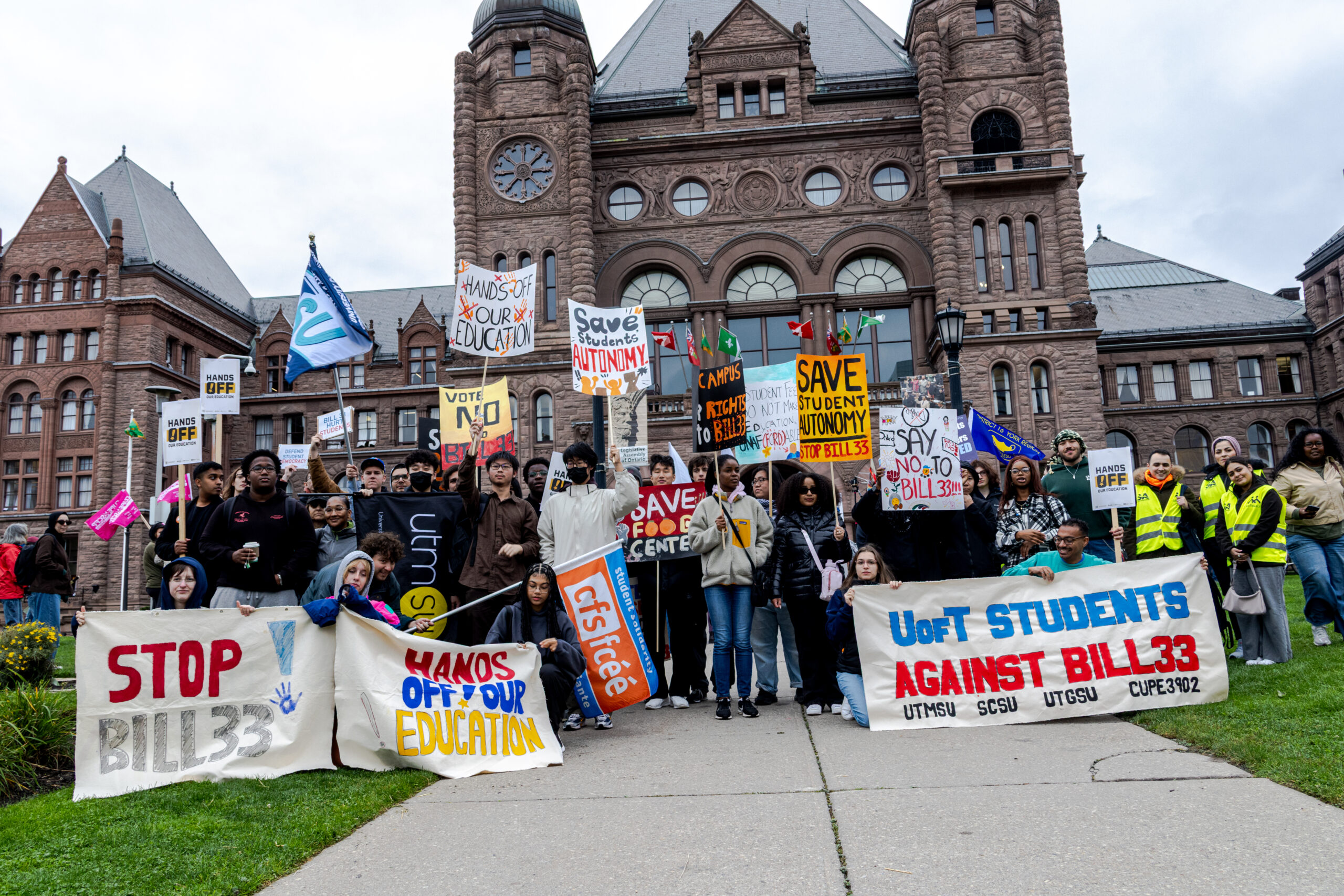City report, mayor backs project after a 17% rise in riders due to faster travel times
A new city report released on Tuesday strongly recommends making the King Street Pilot Project permanent.
The pilot project, which prioritizes the swift flow of public transportation on King Street while only allowing private vehicles to travel one block between Bathurst and Jarvis streets, was introduced in November of 2017. Cyclists, and pedestrians are however allowed through the corridor.
Mayor John Tory said on Tuesday that he intends to vote in favour of making the dedicated transit corridor permanent when the city’s executive committees meet on April 9.
“I firmly believe it is time to make this pilot project permanent so that we can further build up and improve King Street into the excellent dedicated transit corridor that our city needs,” Mayor Tory said.
The report will go before executive committee on April 9, the TTC Board on April 11 and Toronto City Council on April 16 to 17, a news release from City of Toronto said.
The pilot project was introduced to improve transit reliability, speed, and capacity on the TTC’s busiest surface route, the 504 King streetcar, between Bathurst and Jarvis streets.
The report revealed that TTC ridership on the 504 King streetcar is up nearly 17 per cent to 84,000 riders per day and afternoon peak period travel times have improved by approximately four to five minutes.
The 504 King streetcar is used by George Brown College students commuting to the college’s St. James campus.
Before the pilot project came into play, it took about 25 minutes to travel the distance of the corridor during afternoon peak hours. The project brought it down down to 20 minutes, according to the report.
The report also found that vehicle travel times during both the morning and afternoon peak periods on east-west streets parallel to King Street have risen by less than a minute. On north-south streets, travel times are nearly the same.
The report also recommends making the transit stops that were relocated to the far side of most intersections permanent, including the relocation of transit shelters where feasible.
Anna Lermer, a member of the transit advocacy organization TTCriders, backs making the project permanent.
“The reason the pilot was implemented was because many attempts had been made to make small tweaks to the way the street worked and they weren’t working and car traffic was still delaying streetcars,” Lermer said.
She said that the 16 per cent increase in the number of commuters on the streetcar during weekdays shows how transit can work better for people in a low cost and effective way.
She also said that King Street is a prime example that prioritizing TTC over private vehicles can work in busy, congested areas.
“When service is reliable, people leave their cars at home and take transit instead,” Lermer said.
She thinks the project can be even more successful by extending traffic extensions further and removing some of the late evening exemptions for taxis.
With files from Ladshia Jeyakanthan


